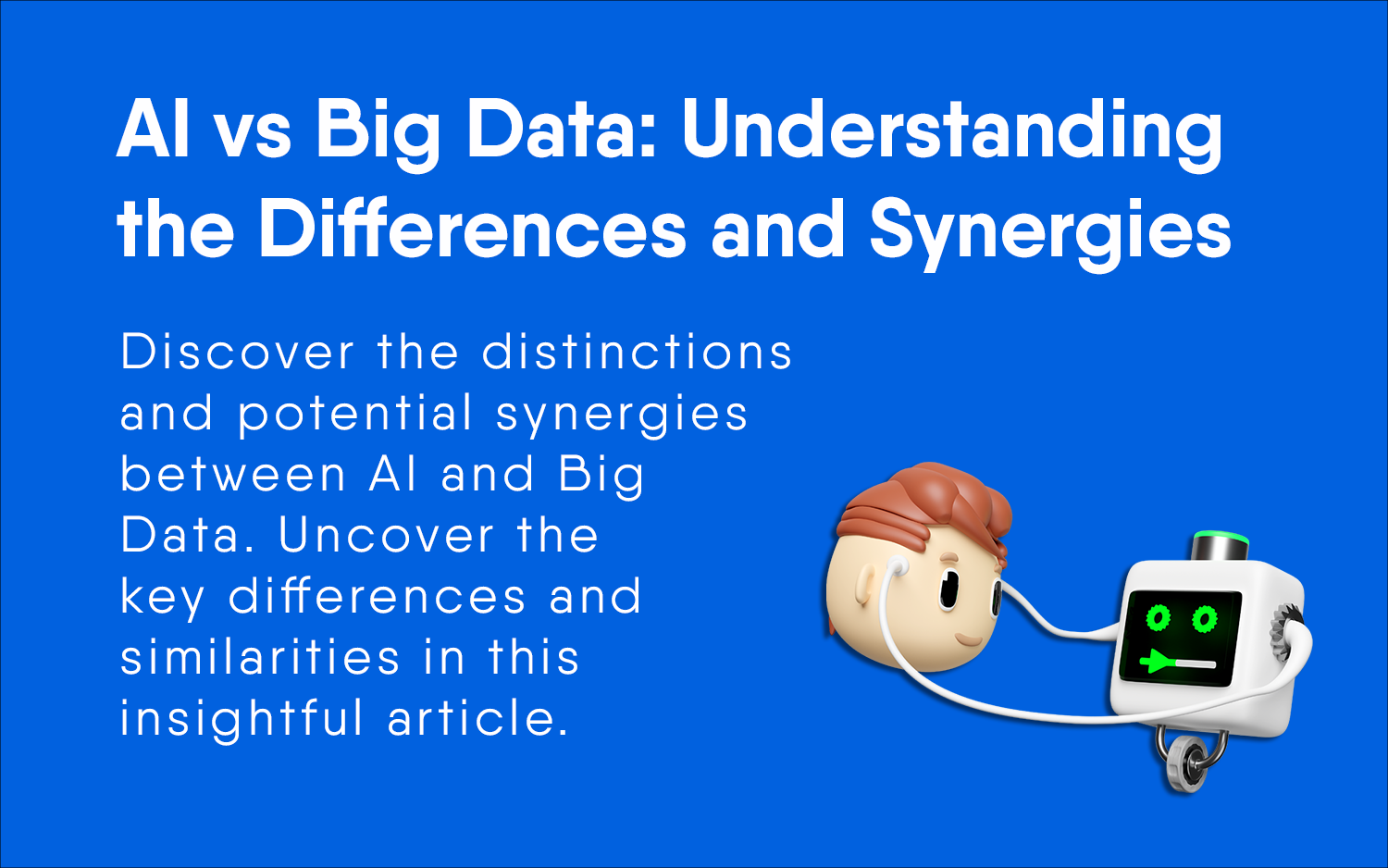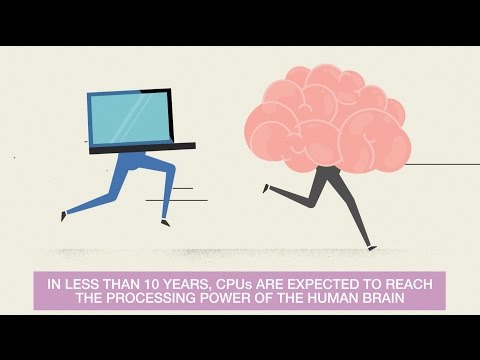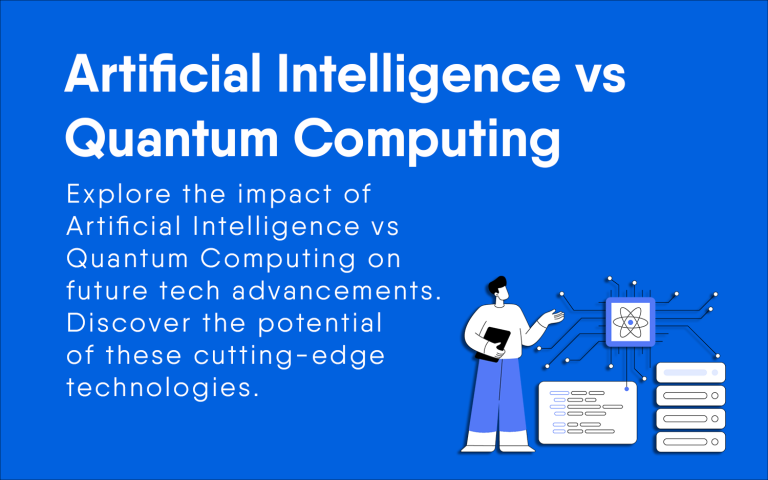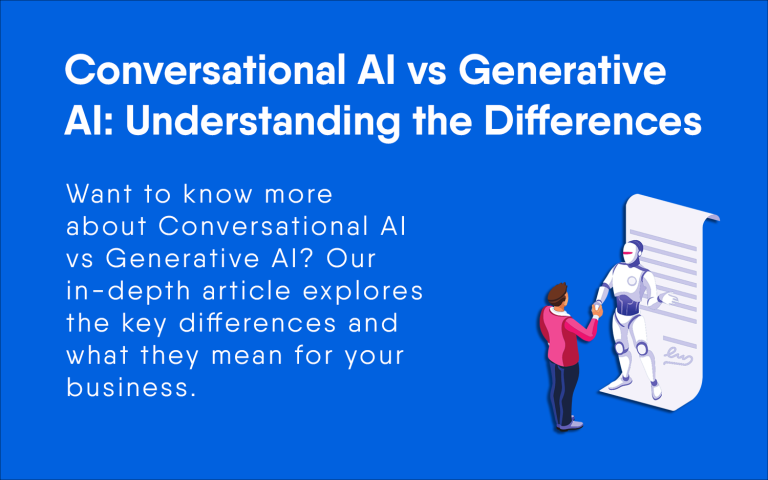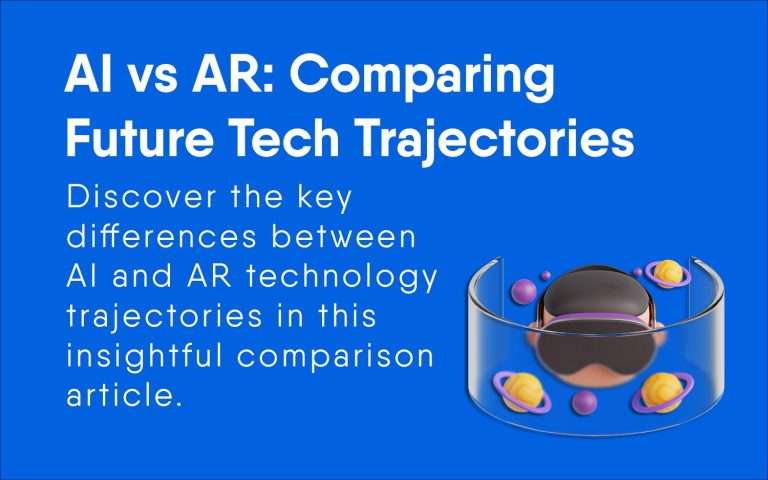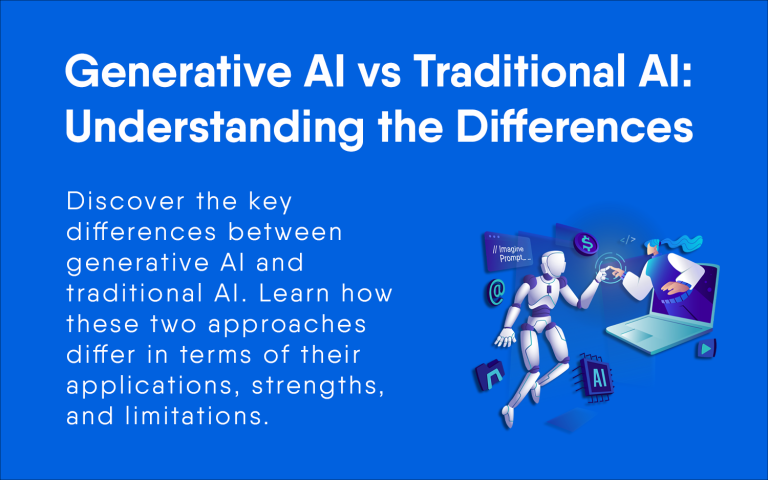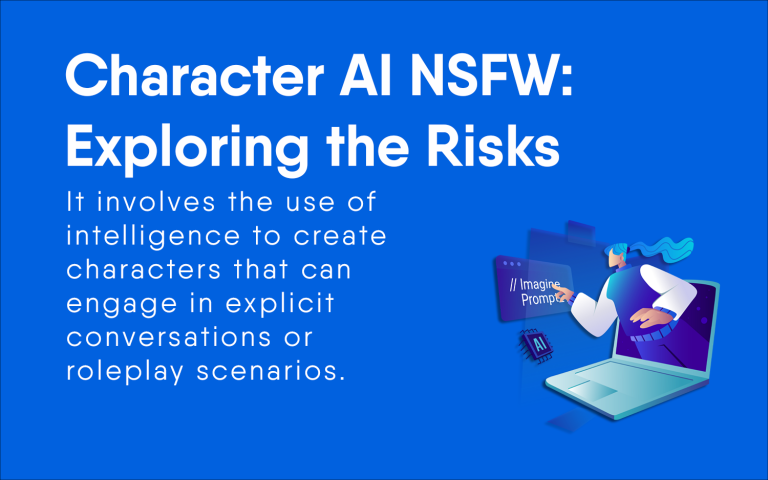AI vs Big Data: Understanding the Differences and Synergies
Artificial intelligence (AI) and big data are currently trending terms in the technology industry. While they are sometimes used interchangeably, it’s essential to understand that they have meanings. AI refers to machines ability to imitate intelligence, while big data refers to the amount of structured and unstructured data generated daily. In this article, we will delve into the differences between AI and big data, explore their applications, and examine their impact on industries.
AI is an advancing field focused on developing machines capable of tasks that typically require human intelligence, such as speech recognition, decision-making, and natural language processing. On the other hand, big data encompasses the volume of data generated by individuals, organizations, and machines on a daily basis. This complex data often exceeds processing tools’ capabilities, leading to its analysis through analytics techniques and machine learning algorithms for extracting valuable insights.
Both AI and big data have extensive applications across diverse fields. AI powers chatbots, assistants, and autonomous vehicles, among innovations.
The use of data has been instrumental in understanding customer behavior, optimizing supply chain operations, and enhancing healthcare outcomes. These technologies have had an impact on industries, enabling organizations to gain a competitive edge in their respective markets.
Key Takeaways
- AI refers to machines ability to imitate intelligence, while big data refers to the amounts of structured and unstructured data generated daily.
- Both AI and big data are employed across different sectors to improve business outcomes and gain a competitive advantage.
- The development of AI and big data technologies is rapid. It is expected to influence the future of work.
Related Posts:
Fundamentals of AI and Big Data
Defining AI and Its Capabilities
Artificial Intelligence (AI) refers to machines’ ability to perform tasks that typically require intelligence. There are two categories: traditional AI utilizes programmed rules and algorithms for specific tasks. At the same time, generative AI employs deep learning neural networks to generate new data based on existing datasets and possesses capabilities such as natural language processing, image recognition, and decision-making.
Understanding Big Data: Volume, Velocity, Variety
Big Data refers to the amount of data generated by individuals, machines, and organizations. The three defining characteristics of Big Data are volume, velocity, and variety. Volume pertains to the quantity of data generated, while velocity relates to the speed at which data is produced. Variety encompasses the types of data generated, including structured semi-semi-structured information. Analyzing Big Data necessitates tools and algorithms for processing and examining extensive datasets.
AI and Big Data are. Collaboratively offer insights and solutions for problems. AI aids in synthesizing and analyzing the volumes of information derived from Big Data initiatives. Through machine learning algorithms and predictive analytics, organizations can make decisions based on data that drive business growth and foster innovation.
Related Posts:
Applications and Industry Impact
AI in Business and Operations
Artificial Intelligence (AI) has become a component in business operations. AI has become a part of industries as it allows for pattern analysis, decision-making, and valuable insights. Customer support chatbots powered by AI offer assistance and aid in addressing customer concerns. Marketing tools that utilize AI are employed to enhance marketing campaigns and boost business performance. Additionally, automation tools driven by AI are utilized to streamline operations and reduce costs.
Big Data Analytics in Industry
The Role of Big Data Analytics in Various Industries Data analytics involves the examination of intricate data sets to uncover hidden patterns, correlations, and other valuable insights. This analytical process finds applications across industries for purposes such as decision-making, marketing strategies, and optimizing business performance. Organizations employ data analytics to gain an understanding of customer behavior, preferences, and needs. Moreover, it aids in streamlining supply chain management processes and cost reduction initiatives.
Synergies Between AI and Big Data
AI and big data analytics go hand in hand as technologies that offer accurate insights with actionable outcomes. Utilizing AI algorithms to analyze large-scale data sets automatically identifies patterns and correlations that would be challenging to detect. Big data analytics plays a role in providing the data for training AI algorithms while improving their precision levels. The combination of AI capabilities, alongside data analytics, enables businesses to optimize their operations efficiently, make informed decisions, and increase overall efficiency.
Related Posts:
Challenges and Considerations
Data Management and Quality Issues
In today’s world, we are witnessing the rise of AI and big data, which come with their set of challenges and considerations. One such challenge is practical. Ensuring the quality of the amount of available data. It can be quite a task to determine which data is relevant and reliable, as ensuring proper structuring and labeling for accurate AI models. Data scientists must exercise caution to avoid introducing bias into their models due to data quality or incorrect labeling.
Ethical and Privacy Concerns
As AI and big data continue to progress, ethical and privacy concerns have become increasingly important. The use of data for training AI models raises concerns regarding privacy and security. Moreover, there needs to be more certainty about the potential for AI systems to make decisions that may have impacts on individuals or groups, giving rise to dilemmas. For instance, biased AI models could perpetuate discrimination or unjustly influence decisions in areas like hiring or lending.
Future of AI and Big Data
Despite these challenges, the future holds promise for AI and big data. As AI continues to advance and gain decision-making capabilities, it will be crucial to ensure its responsible use.
Furthermore, the adoption of data is expected to expand as more companies acknowledge the significance of making decisions based on data. As these technologies progress, it becomes crucial to tackle the obstacles and factors associated with them.
Related Posts:

Faisal Rafique
I’m an accomplished entrepreneur and content creator with a strong background in technology and software engineering. My expertise spans web development, eCommerce, programming, hosting management, technical support, and data science. I hold a Master’s Degree in Computer Science and Engineering, and I have over 5 years of professional experience, which I leverage to grow my digital business and popular blog, FaisalRafique.com

